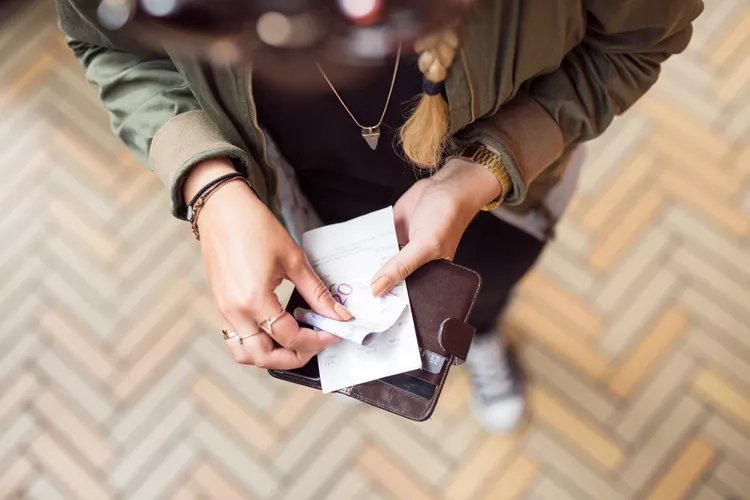Understanding Tickets and Receipts in Italy
Italy is increasingly moving towards digital, paperless train tickets; however, many travelers still find themselves overwhelmed with physical tickets, receipts, and other small slips of paper during their Italian vacations. When navigating Italian train tickets, bus tickets, and various receipts from restaurants or bars, it’s essential to understand how to manage these documents to avoid fines and enhance your travel experience.
How to Read and Validate Train Tickets
If you possess a paper train ticket without an assigned seat (typically a second-class ticket), validation is a requirement before boarding. Failing to validate can lead to fines, as this measure prevents the reuse of tickets for multiple train rides. Conductor inspections will typically occur during the journey to ensure all tickets are validated. For those with paperless tickets, the conductor will scan the QR code from your smartphone, making it convenient and eco-friendly.
How to Read and Validate Bus Tickets
:max_bytes(150000):strip_icc():format(webp)/bus-ticket-56a3c8bd5f9b58b7d0d3b83a.jpg)
Bus tickets, like their train counterparts, must be validated prior to starting your journey. Upon boarding, you’ll typically find a ticket validation machine near the entrance. Insert your ticket into the slot, ensuring it aligns correctly. It’s also important to purchase your ticket before boarding, either from a newsstand, tabacchi, or an automatic vending machine located near major bus stops. Note that while you may not need to show your ticket, transport officers can request to see validated tickets at any time.
How to Read and How Long to Keep Receipts
:max_bytes(150000):strip_icc():format(webp)/receipt_restaurant-56a3c8be3df78cf7727f23aa.jpg)
In Italy, restaurant, bar, and business owners are diligent about providing receipts. This practice is enforced to ensure compliance with tax regulations; therefore, you should always accept the receipt given to you. Italian law stipulates that each transaction, regardless of amount, requires a written receipt. A proper Italian receipt includes essential details such as the establishment’s address, the date of purchase, and a detailed list of items consumed.
What Is a Proper Receipt?
A valid Italian receipt, known as a ricevuta fiscale, is legally compliant and includes the address of the business, the date, and a breakdown of items purchased. Be cautious of receipts that only provide a final total without detailed information, as these are not official receipts and may not be accepted by the authorities.
What Do You Do With a Bar Receipt?
:max_bytes(150000):strip_icc():format(webp)/bar-receipt-56a3c8be3df78cf7727f23ad.jpg)
Upon receiving a receipt at an Italian bar, it’s crucial to retain it for at least 100 meters after exiting. This practice extends to shops as well. In large cities, it’s common to request and pay for your coffee prior to receiving it. The barista may even tear a portion of the receipt to track orders. Remember, however, to keep the receipt on hand until you are safely out of the bar environment.




